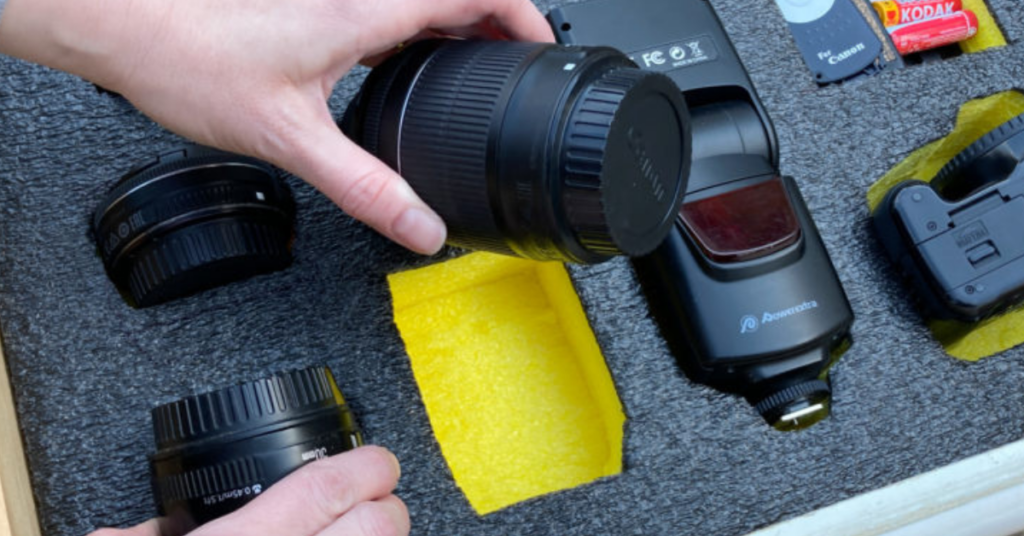As the electronics industry continues to evolve and expand rapidly, the demand for innovative materials to optimize product protection, packaging solutions, and manufacturing processes becomes increasingly essential. One such versatile, reliable, and high-performance material is foam, specifically polyurethane and polyethylene foam. These materials, with their impressive properties, have proven to be indispensable across a wide range of electronics industry applications.
In this comprehensive blog article, we will delve into the diverse applications of polyurethane and polyethylene foam materials within the electronics industry, focusing on areas such as electronic component protection, product packaging solutions, and material handling. With their unique combination of lightweight, flexible, and shock-absorbent properties, these foam materials provide unwavering support in developing, transporting, and storing electronic products.
Furthermore, we will discuss the essential considerations when selecting foam materials for electronics-related projects, including compatibility with the electronic components, environmental friendliness, and the importance of working closely with expert foam suppliers. By gaining a deeper understanding of the incredible capabilities of polyurethane and polyethylene foam materials, professionals in the electronics industry can utilize them to develop innovative solutions, improving the overall quality and efficiency of their products and processes.
Join us on this insightful journey into the world of foam materials as we explore their immense potential to revolutionize the electronics industry.
Electronic Component Protection with Foam Materials
Polyurethane and polyethylene foam materials have emerged as essential elements for electronic component protection due to their outstanding shock absorption, cushioning, and insulating properties:
1. Anti-static Foam for Sensitive Electronics: Static discharge can pose significant challenges when handling sensitive electronic components. Anti-static foam materials, such as conductive polyurethane foam, can safely store and transport electronic components while minimizing the risks associated with electrostatic discharge (ESD) damage.
2. Insulation for Heat-sensitive Components: Foam materials, particularly polyurethane foam, can provide excellent heat insulation for heat-sensitive electronic components like batteries, integrated circuits, and LEDs. These materials help maintain stable operating temperature ranges, prolonging component longevity and performance.
3. Impact Protection for Delicate Electronics: Foam materials, such as polyethylene foam, are ideal for cushioning delicate electronic devices from impact forces during transportation or storage, preventing damage, and ensuring product reliability.
Product Packaging Solutions Using Foam Materials
Foam materials offer exceptional packaging solutions for electronic products, showcasing versatile and customizable properties:
1. Custom Foam Inserts: Custom foam inserts are designed to fit the contours and dimensions of specific electronic devices, ensuring a snug, secure fit within their packaging. This precision fit helps protect the devices from impact, vibration, or shipping-related damage, increasing product integrity during transport and storage.
2. Multilayer Packaging Solutions: Foams such as polyurethane and polyethylene can be used in creating multilayer packaging solutions that offer enhanced protection for electronics. By incorporating different foam densities and materials, companies can provide multiple layers of protection against ESD, impact, and environmental factors for their electronic products.
3. Versatility and Customization: Versatile foam materials can be shaped and molded to meet the unique requirements of various electronic components and devices, offering tailor-made packaging solutions for various products.
Material Handling and Foam Applications in Electronics Manufacturing
Foam materials play a critical role in optimizing material handling and workspaces within electronics manufacturing facilities:
1. Foam Trays for Component Organization: Custom foam trays can be utilized to create organized storage for electronic components and tools within manufacturing facilities. These trays ensure easy access to components and instruments, improving efficiency and workspace organization.
2. ESD-safe Work Surfaces: Foam materials, such as conductive polyurethane foam, can create ESD-safe work surfaces that protect sensitive electronic components during assembly, testing, and other production processes.
3. Shock-absorbing Flooring and Mats: Foam materials can also serve as a foundation for shock-absorbing flooring and mats, providing comfort and support for workers in electronics manufacturing environments, reducing fatigue risk, and improving workplace safety.
Factors to Consider: Compatibility, Environmental Friendliness, and Foam Supplier Collaboration
Selecting the appropriate foam materials for electronics projects is essential to ensure compatibility, environmental compliance, and overall project success:
1. Compatibility: The chosen foam materials must be compatible with the electronic components they will interact with, minimizing any potential risks such as chemical reactions, conductivity, or heat transfer issues. A thorough understanding of component specifications and foam material properties is necessary in making this decision.
2. Environmental Friendliness: Environmentally responsible foam materials should be considered for electronic applications, particularly when packaging products for global markets. Foam solutions that comply with global regulations, such as RoHS (Restriction of Hazardous Substances) or REACH (Registration, Evaluation, Authorization, and Restriction of Chemicals), will help companies adhere to environmental standards and minimize negative ecological impacts.
3. Foam Supplier Collaboration: Partnering with dependable foam suppliers with expertise in electronics applications can significantly contribute to successful implementation, as they can provide valuable insights, customized foam products, and ongoing support throughout the project lifecycle.
Polyurethane and polyethylene foam materials offer immense potential to transform the electronics industry by providing essential protection, innovative packaging solutions, and versatile manufacturing applications. By understanding the importance of compatibility, environmental compliance, and collaboration with foam suppliers, electronics professionals can unlock new opportunities for success, efficiency, and protection in their projects.
Partner with Sterling Manufacturing & Distributing to experience exceptional foam products and solutions tailored to your electronics projects’ unique requirements. Capitalize on our expertise, resources, and dedication to providing state-of-the-art foam materials that enhance electronics manufacturing, packaging, and transportation processes. Transform your electronics endeavors with the incredible potential of polyurethane and polyethylene foam materials—contact us today and elevate your projects to unparalleled new heights of success and innovation.


